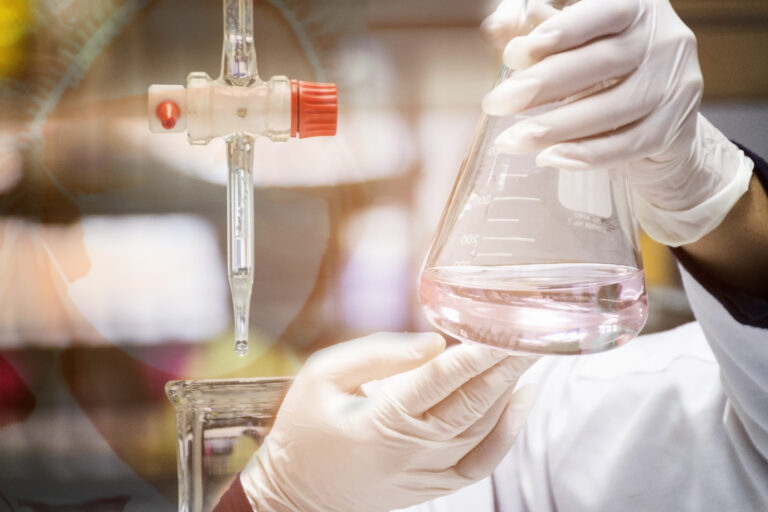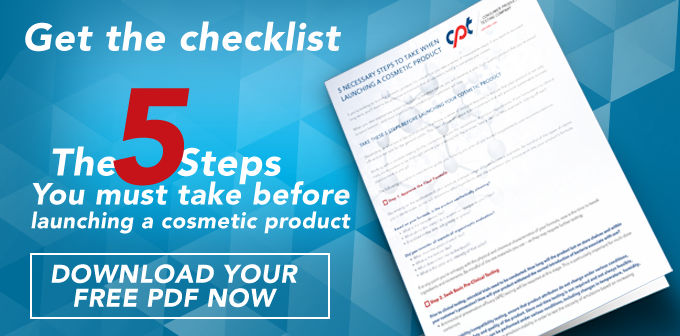The topic of chemistry often conjures images of chemists mixing substances to yield chemical and colorimetric reactions and/or performing careful titrations. In the arena of wet chemistry testing, some of these classic techniques are still employed to perform both qualitative and quantitative sample analyses. While modern analytical techniques like UPLC chromatography and ICP spectrophotometry have undoubtedly enhanced the efficiency of chemistry-based analyses, classical wet chemistry techniques continue to be useful analytical methods. Namely, wet chemistry techniques are critical in the initial preparation and work-up of samples destined for evaluation via modern analytical techniques.
Despite the critical role wet chemistry techniques play in modern testing approaches, a fair number of laboratories suffer from a lack of adequately experienced chemists on hand to perform the necessary wet chemistry techniques. For best results, classic wet chemistry techniques must be executed skillfully with equal knowledge of appropriate classical and modern methodology. However, many modern laboratories cannot meet this necessary requirement and, as such, have reduced their wet chemistry test offerings. CPT Labs, however, is well equipped with the experienced staff and resources to assist you with all of your wet chemistry needs.
Commonly Employed Wet Chemistry Approaches
Common wet chemistry techniques fall into one of two categories: classical and instrumental. Classical wet chemistry doesn’t rely on the use of analytical instrumentation, while instrumental wet chemistry—as the name suggests—does.
Classical Wet Chemistry
Classical wet chemistry may be qualitative or quantitative in nature. Qualitative wet chemistry tests aim to identify a particular substance and/or assess whether or not a particular chemical or compound is present in a sample. Quantitative wet chemistry, on the other hand, uses basic laboratory techniques (e.g., manual titrations) in order to determine the amount of a particular analyte in a sample.
Instrumental Wet Chemistry
Like classical wet chemistry, instrumental wet chemistry can also be used to qualitatively assess sample components or to quantitatively measure component quantities in a given sample. Instrumental wet chemistry features simple analytical instruments including lab scales, pH meters, automatic titrators, and UV/visible spectrophotometers to assess the components in a particular sample. Quantitative analyses in instrumental wet chemistry rely on these tools to assess analyte amounts by measuring the absorbance and/or transmittance of an analyte solution at a given wavelength with a spectrophotometer, weighing a precipitate formed from an analytical reaction or substance lost from a volatilization reaction, or measuring the amount of titrant required to reach a particular pH value or solution color intensity or turbidity.

How CPT Can Help with Your Wet Chemistry Testing Needs
Unlike many modern laboratories, CPT Labs possesses the experienced personnel and instrumental resources required to perform effective qualitative and quantitative wet chemistry testing. CPT offers classical wet chemistry testing over a broad range of product types, including raw material, finished product, and special project testing. Due to the high level of precision and skill required by wet chemistry methodologies, CPT Lab’s wet chemistry lab has been specially outfitted to provide our highly skilled analysts with the necessary workspace to perform the rigorous and broad chemical reactions and sample analyses in the most efficient and safe way possible.
CPT Labs testing methodology is derived from current compendia, vendor, and literature sources. At the request of the client, the testing methodology can also be derived from additional sources and/or previous (obsolete) compendia editions. The latter situation usually occurs when compendial methods change during a stability study that is already underway or, in the case of an approved Prescription Drug, where necessary methods are defined within the NDA/ANDA. Under such circumstances, clients may be required to conduct testing according to a methodology that has been replaced by a newer approach.
Wet chemistry testing services currently offered at CPT include, but are not limited to the following:
*Presence/Absence Tests – Qualitatively confirm the presence/absence of a particular analyte in a sample—much like how an ID Test is conducted.
*Limit Tests – Quantitatively confirms that—if present—a given analyte does not exceed a specific amount. Usual methodologies for this test include: comparing the color intensity or solution turbidity of a known solution or comparing the sample to the size or color intensity of a “spot” on a TLC plate standard.
*Titrimetry – Uses the chemical reaction between a solution of known attributes (referred to as a titrant) to determine the quantity of a particular analyte present in a sample. The resultant chemical reactions are quantitative because they are stoichiometric—meaning that the reaction is known to occur when there is a specific ratio of titrant-analyte in combination.
*Gravimetry – Uses a chemical reaction that results in precipitation or volatilization of a particular analyte to measures the amount of that respective analyte in a sample solution.
*Colorimetry – Uses a UV/visible light spectrophotometer to measure the amount of an analyte in a sample solution based on the amount of light that is absorbed or transmitted by the solution at a given wavelength. Results are compared against a solution of the same analyte at a known concentration to determine sample analyte quantity.
*Physicochemical Testing – Detailed assessment of the physical and chemical properties of a substance. For instance, testing plastic packaging systems for extractables, buffering capacity, and nonvolatile residues as per USP <661>.
*Polarimetry/Refractometry – Uses the extent to which a substance or solution containing a particular chemical “bends” visible light to determine the purity of a particular chemical or compound.
Wet Chemistry Testing at CPT Labs
The experts at CPT Labs are ready and qualified to assist with all of your wet chemical testing needs whether you require raw materials testing, container/closure system evaluation, drug product testing, and/or specially designed testing strategies. Many of our clients through the years chose us because of our long-standing testing expertise in classical wet chemistry. CPT Labs is proud to offer state-of-the-art facilities and testing environments following highest compliance standards as outlined by GMP, GLP, USP, and ISO/IEC 17025 guidelines. Our seasoned experts are well-versed in many classical wet chemistry methodologies required for consumer products—as well as the most up-to-the-moment analytical methodologies used in the field—and are ready to meet all of our clients’ needs.


